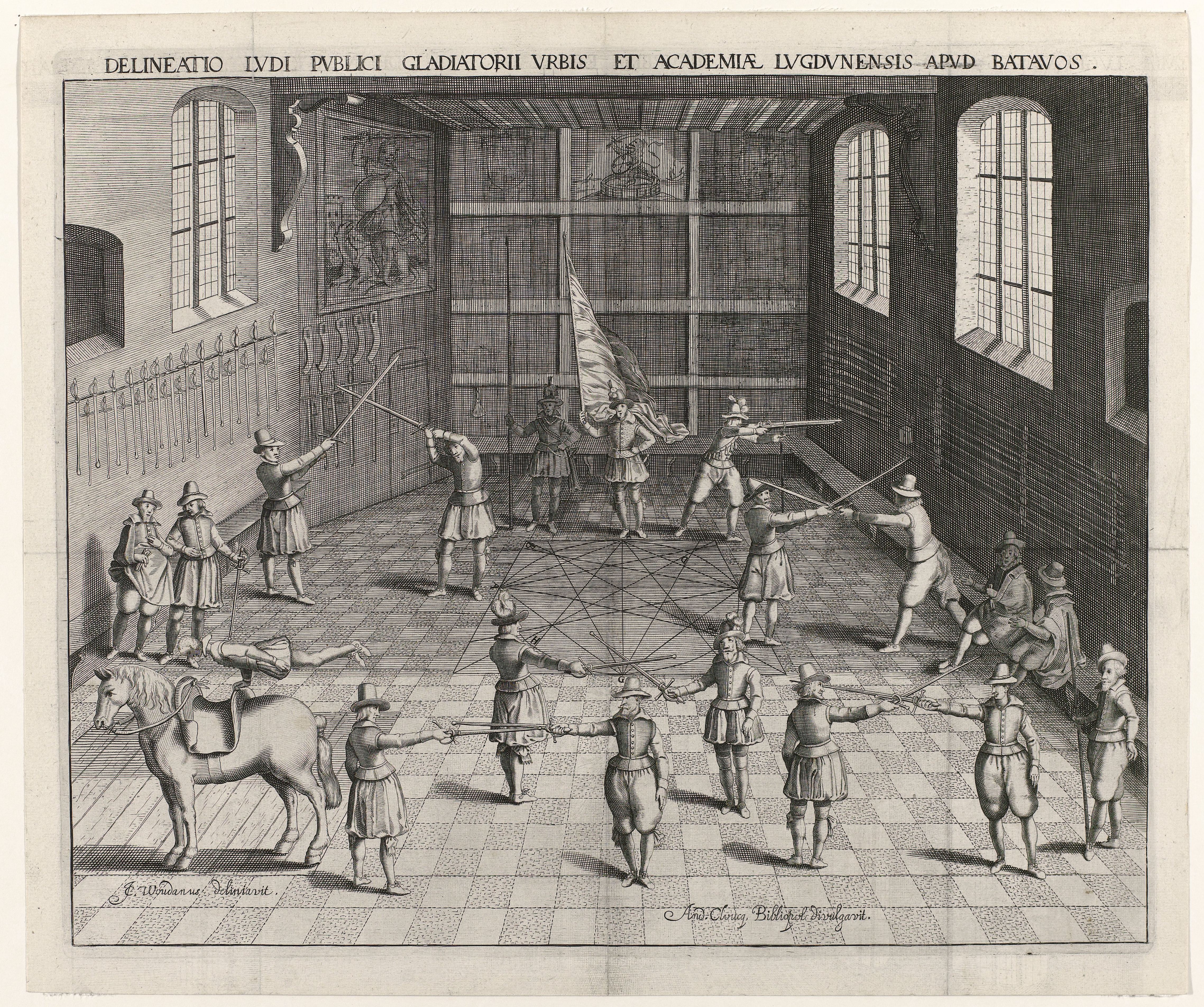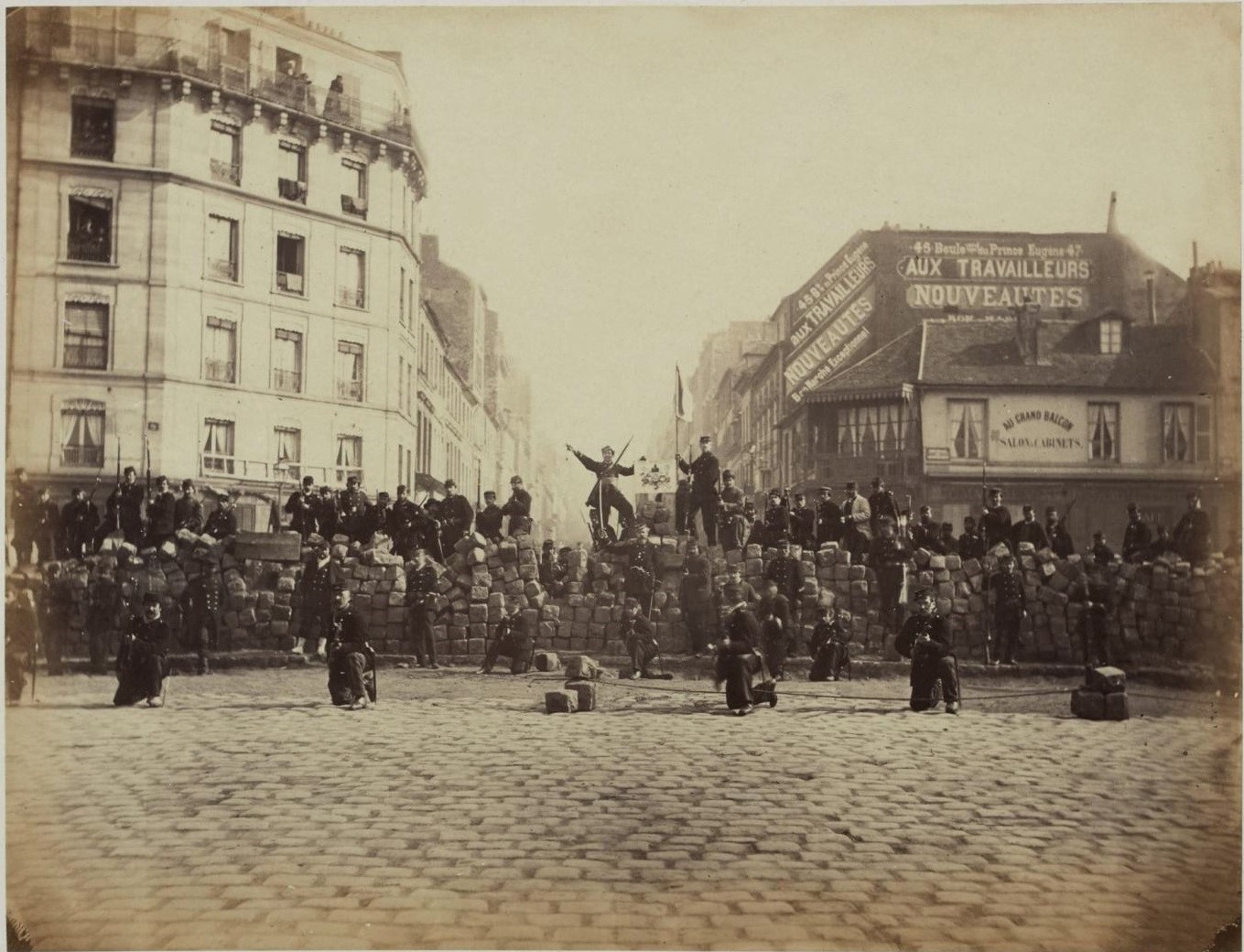|
Mairuth Sarsfield
Mairuth Hodge Sarsfield, CQ (6 March 1930 – 7 May 2013) was a Canadian activist, diplomat, journalist, researcher and television personality, as well as an accomplished broadcaster, civil servant, and best-selling author. Biography Sarsfield was born in the Little Burgundy neighbourhood of Montreal to parents Anne Packwood and Dan Vaughan and raised by her mother. She received her degree from Sir George Williams College and McGill University, and later studied at Columbia University and the University of Ghana. She worked as host for the CBC, CTV, and TVOntario. For Canada's External Affairs Department, she worked on projects such as Expo 67 in Montreal and Expo '70 in Osaka, Japan, where she organized the Canadian pavilion, for the respective world Expos. As a senior information officer for the United Nations Environment Programme in Nairobi, Kenya, she developed and launched a worldwide campaign known as "For Every Child a Tree". She was also posted to Washington and New York. ... [...More Info...] [...Related Items...] OR: [Wikipedia] [Google] [Baidu] |
National Order Of Quebec
The National Order of Quebec ( French: ), also known as the Order of Quebec, is a civilian honour for merit in the Canadian province of Quebec. Instituted in 1984 when Lieutenant Governor Jean-Pierre Côté granted royal assent to the (National Order of Quebec Act), the order is administered by the Governor-in-Council and is intended to honour current or former Quebec residents for conspicuous achievements in any field, being thus described as the highest honour in Quebec. In 1986, the order was expanded to include honorary membership for people outside Quebec. Structure and appointment Although the National Order of Quebec was established with the granting of royal assent by Quebec's lieutenant governor and the Canadian sovereign is the fount of honour, the viceroy does not, as in other provinces, form an explicit part of the organization. Instead, the monarch's representative is related to the order only by virtue of his or her place in council, collectively termed th ... [...More Info...] [...Related Items...] OR: [Wikipedia] [Google] [Baidu] |
Fencing
Fencing is a combat sport that features sword fighting. It consists of three primary disciplines: Foil (fencing), foil, épée, and Sabre (fencing), sabre (also spelled ''saber''), each with its own blade and set of rules. Most competitive fencers specialise in one of these disciplines. The modern sport gained prominence near the end of the 19th century, evolving from historical European swordsmanship. The Italian school of swordsmanship, Italian school altered the Historical European martial arts, historical European martial art of classical fencing, and the French school of fencing, French school later refined that system. Scoring points in a fencing competition is done by making contact with the opponent with one's sword. The 1904 Olympic Games featured a fourth discipline of fencing known as singlestick, but it was dropped after that year and is not a part of modern fencing. Competitive fencing was one of the first sports to be featured in the Olympics and, along with Athl ... [...More Info...] [...Related Items...] OR: [Wikipedia] [Google] [Baidu] |
Activist Journalists
Activism consists of efforts to promote, impede, direct or intervene in social, political, economic or environmental reform with the desire to make changes in society toward a perceived common good. Forms of activism range from mandate building in a community (including writing letters to newspapers), petitioning elected officials, running or contributing to a political campaign, preferential patronage (or boycott) of businesses, and demonstrative forms of activism like rallies, street marches, strikes, sit-ins, or hunger strikes. Activism may be performed on a day-to-day basis in a wide variety of ways, including through the creation of art (artivism), computer hacking (hacktivism), or simply in how one chooses to spend their money (economic activism). For example, the refusal to buy clothes or other merchandise from a company as a protest against the exploitation of workers by that company could be considered an expression of activism. However, the term commonly refers to ... [...More Info...] [...Related Items...] OR: [Wikipedia] [Google] [Baidu] |
Black Canadian Broadcasters
Black is a color that results from the absence or complete absorption of visible light. It is an achromatic color, without chroma, like white and grey. It is often used symbolically or figuratively to represent darkness.Eva Heller, ''Psychologie de la couleur – effets et symboliques'', pp. 105–26. Black and white have often been used to describe opposites such as good and evil, the Dark Ages versus the Age of Enlightenment, and night versus day. Since the Middle Ages, black has been the symbolic color of solemnity and authority, and for this reason it is still commonly worn by judges and magistrates. Black was one of the first colors used by artists in Neolithic cave paintings. It was used in ancient Egypt and Greece as the color of the underworld. In the Roman Empire, it became the color of mourning, and over the centuries it was frequently associated with death, evil, witches, and magic. In the 14th century, it was worn by royalty, clergy, judges, and government of ... [...More Info...] [...Related Items...] OR: [Wikipedia] [Google] [Baidu] |
Knights Of The National Order Of Quebec
A knight is a person granted an honorary title of a knighthood by a head of state (including the pope) or representative for service to the monarch, the church, or the country, especially in a military capacity. The concept of a knighthood may have been inspired by the ancient Greek ''hippeis'' (ἱππεῖς) and Roman ''equites''. In the Early Middle Ages in Western Christian Europe, knighthoods were conferred upon mounted warriors. During the High Middle Ages, a knighthood was considered a class of petty nobility. By the Late Middle Ages, the rank had become associated with the ideals of chivalry, a code of conduct for the perfect Royal court, courtly Christian warrior. Often, a knight was a vassal who served as an elite fighter or a bodyguard for a lord, with payment in the form of land holdings. The lords trusted the knights, who were skilled in Horses in warfare, battle on horseback. In the Middle Ages, a knighthood was closely linked with horsemanship (and especially ... [...More Info...] [...Related Items...] OR: [Wikipedia] [Google] [Baidu] |
Canadian Journalists
Canadians () are people identified with the country of Canada. This connection may be residential, legal, historical or cultural. For most Canadians, many (or all) of these connections exist and are collectively the source of their being ''Canadian''. Canada is a multilingual and multicultural society home to people of groups of many different ethnic, religious, and national origins, with the majority of the population made up of Old World immigrants and their descendants. Following the initial period of French and then the much larger British colonization, different waves (or peaks) of immigration and settlement of non-indigenous peoples took place over the course of nearly two centuries and continue today. Elements of Indigenous, French, British, and more recent immigrant customs, languages, and religions have combined to form the culture of Canada, and thus a Canadian identity and Canadian values. Canada has also been strongly influenced by its linguistic, geographic, an ... [...More Info...] [...Related Items...] OR: [Wikipedia] [Google] [Baidu] |
2013 Deaths
This is a list of lists of deaths of notable people, organized by year. New deaths articles are added to their respective month (e.g., Deaths in ) and then linked below. 2025 2024 2023 2022 2021 2020 2019 2018 2017 2016 2015 2014 2013 2012 2011 2010 2009 2008 2007 2006 2005 2004 2003 2002 2001 2000 1999 1998 1997 1996 1995 1994 1993 1992 1991 1990 1989 1988 1987 1986 Earlier years ''Deaths in years earlier than this can usually be found in the main articles of the years.'' See also * Lists of deaths by day * Deaths by year (category) {{DEFAULTSORT:deaths by year ... [...More Info...] [...Related Items...] OR: [Wikipedia] [Google] [Baidu] |
1930 Births
Events January * January 15 – The Moon moves into its nearest point to Earth, called perigee, at the same time as its fullest phase of the Lunar Cycle. This is the closest moon distance at in recent history, and the next one will be on January 1, 2257, at . * January 26 – The Indian National Congress declares this date as Independence Day, or as the day for Purna Swaraj (Complete Independence). * January 28 – The first patent for a field-effect transistor is granted in the United States, to Julius Edgar Lilienfeld. * January 30 – Pavel Molchanov launches a radiosonde from Pavlovsk, Saint Petersburg, Slutsk in the Soviet Union. February * February 10 – The Việt Nam Quốc Dân Đảng launch the Yên Bái mutiny in the hope of ending French Indochina, French colonial rule in Vietnam. * February 18 – While studying photographs taken in January, Clyde Tombaugh confirms the existence of Pluto, a celestial body considered a planet until redefined as a dwarf planet ... [...More Info...] [...Related Items...] OR: [Wikipedia] [Google] [Baidu] |




